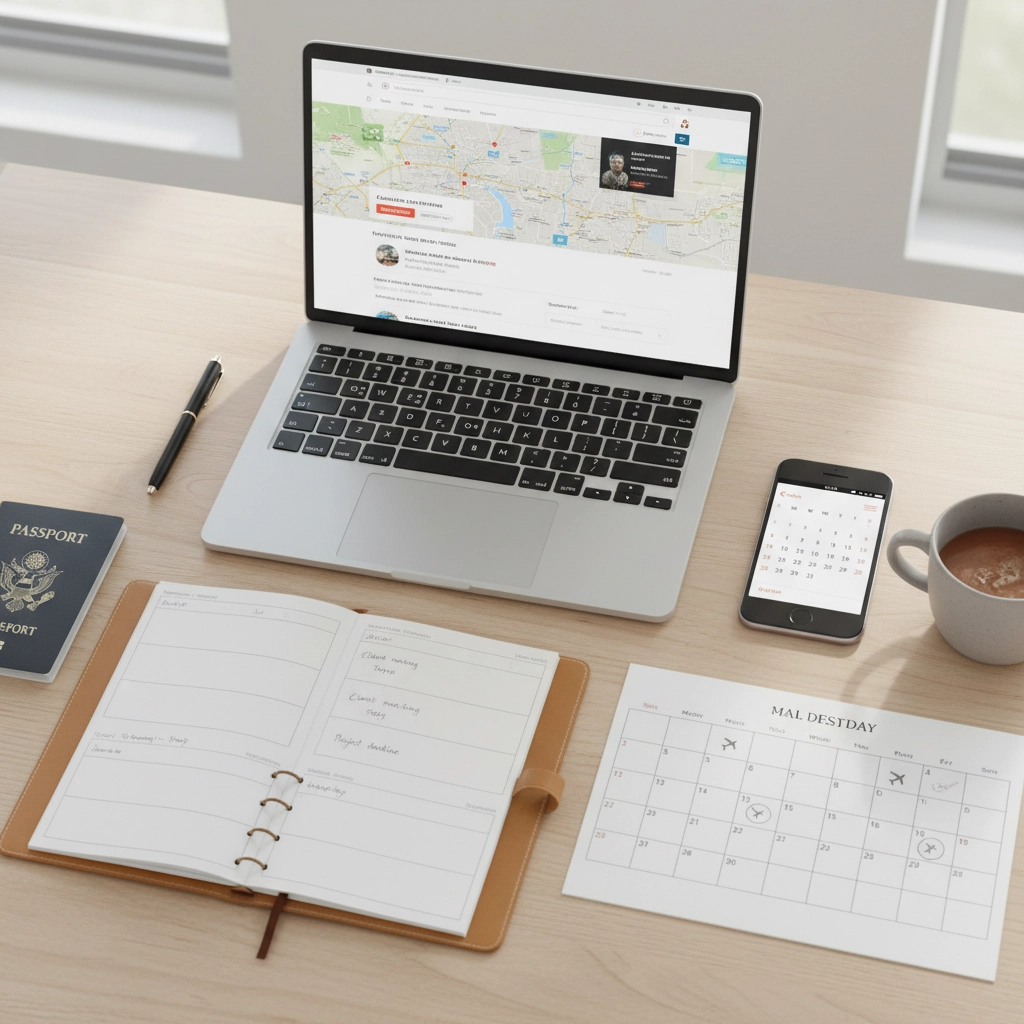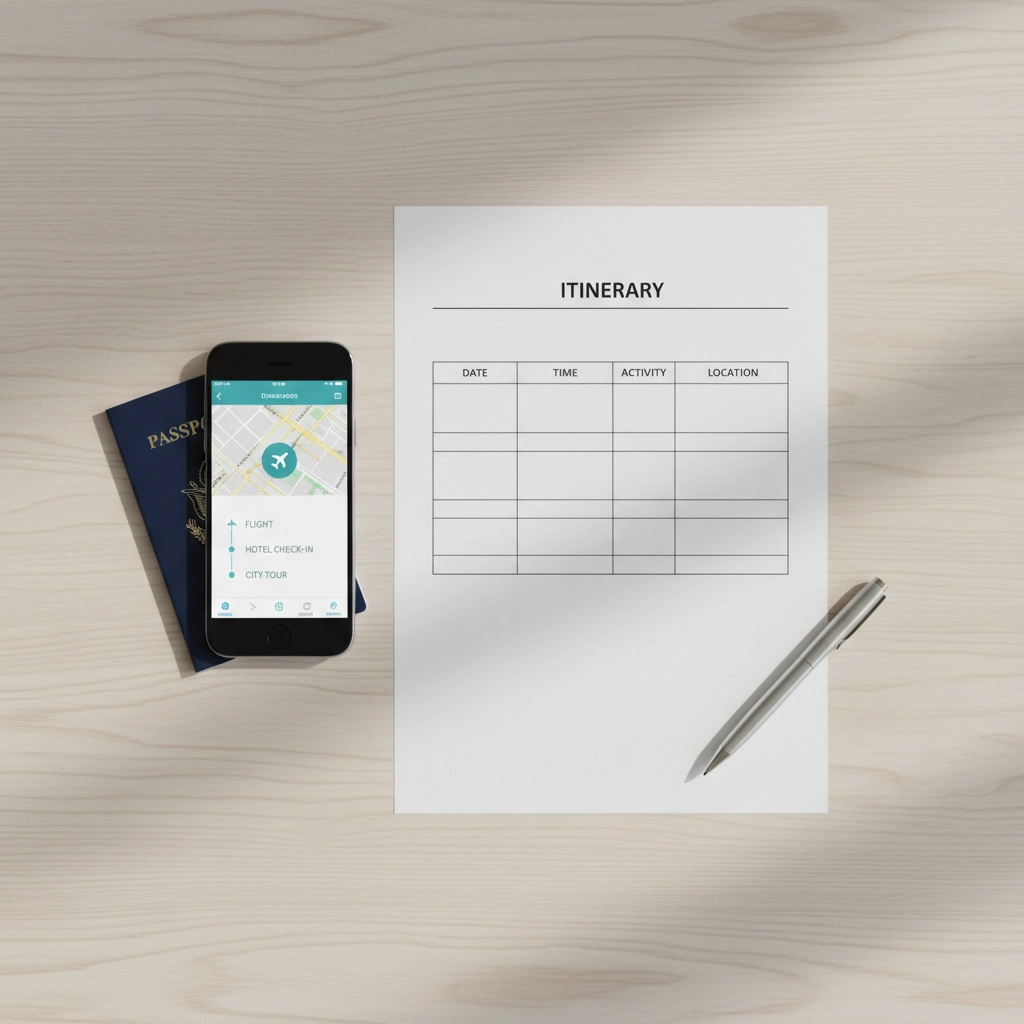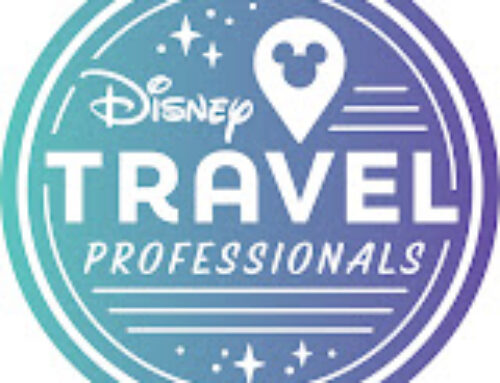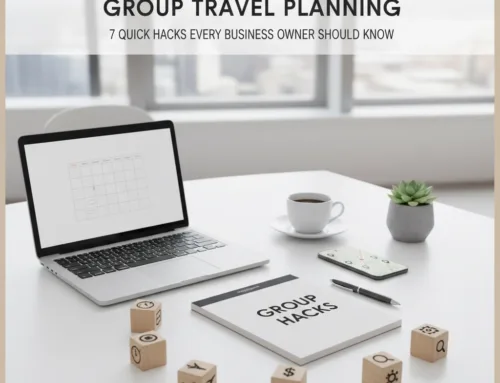
Stop Wasting Time on Travel Planning: 7 Quick Hacks Every Business Owner Should Know
Time is money, especially when you’re running a business. Yet many business owners find themselves spending countless hours wrestling with travel arrangements, comparing flights, and dealing with last-minute booking chaos. What if you could cut that planning time in half while actually getting better deals and smoother trips?
The reality is that most business owners approach travel planning the hard way. They wait until the last minute, book reactively, and miss out on the strategies that seasoned business travelers use to streamline the entire process. These seven proven hacks will transform how you handle business travel, saving you both time and money while reducing stress.
1. Master the 30-45 Day Advance Booking Sweet Spot
The single most powerful hack for business travel is timing your bookings perfectly. Airlines and hotels reward early planners with their best rates, typically offering optimal pricing 30-45 days before departure. This isn’t just about saving money – it’s about saving time.
When you book early, you get first choice of seats, room preferences, and flight times that work with your schedule. No more settling for middle seats or red-eye flights because everything else is booked. Early booking also gives you leverage for group travel or extended stays, opening doors to corporate rates and package deals that aren’t available to last-minute bookers.
The time-saving benefit extends beyond the booking process itself. When you plan ahead, you can coordinate multiple aspects of your trip simultaneously – ground transportation, meeting schedules, and even restaurant reservations – rather than scrambling to piece everything together at the last minute.
2. Always Choose the First Flight Out
Here’s a hack that frequent business travelers swear by: book the earliest flight of the day, preferably before 8 AM. This strategy is based on simple aviation logistics that can save you hours of delays and frustration.
Flight delays are cumulative throughout the day. The first flight out has the best chance of departing on time because it hasn’t been affected by earlier delays. As the day progresses, delays compound, with the worst delays typically occurring around 6 PM when the system reaches peak stress.
Early flights also mean lighter airport traffic, shorter security lines, and faster boarding processes. While getting up early might seem like a hassle, the time you save at the airport and the reduced risk of missed connections make it worthwhile. Plus, early flights are often cheaper since fewer travelers want to deal with early departures.
3. Outsmart Dynamic Pricing with Browser Tricks
Travel booking sites use sophisticated tracking to monitor your search behavior, and they’re not shy about raising prices when they detect repeated interest in specific routes. This dynamic pricing can cost you hundreds of dollars if you’re not careful.
The solution is simple but effective: always use incognito or private browsing mode when searching for flights and hotels. Clear your cookies between searches, or better yet, use a different browser entirely for your travel bookings. Some savvy travelers even use VPN services to search from different locations, as prices can vary based on your geographic location.
This isn’t paranoia – it’s smart business. By avoiding price manipulation tactics, you’re ensuring you see the most competitive rates available. Combined with advance booking, this hack alone can save significant money on your travel budget.
4. Stack Your Business Objectives Strategically
Flying out for a single meeting is a resource drain that successful business owners avoid. Instead, maximize every trip by stacking multiple business objectives into one journey. This approach can reduce your travel frequency by 40% while increasing your productivity on the road.
When planning a business trip, consider what else you can accomplish in that city or region. Can you visit multiple clients? Check in with a regional office? Attend a networking event or industry conference? Meet with potential partners or vendors? By clustering activities, you transform isolated trips into productive business expeditions.
This strategy requires more upfront planning, but the payoff is substantial. You’ll spend less time traveling overall while building stronger business relationships through more focused, intensive visits.
5. Build Vendor Loyalty for Streamlined Booking
Consistency pays dividends in business travel. Rather than chasing the absolute lowest price across dozens of different airlines, hotels, and rental car companies, focus on building relationships with a select few vendors.
Choose one primary airline for most of your flights, one hotel chain for most of your stays, and one rental car company for ground transportation. This approach offers multiple advantages beyond simple convenience. You’ll accumulate loyalty points faster, earn status benefits like priority boarding and room upgrades, and build relationships with customer service representatives who recognize you as a valued customer.
The time-saving benefit is enormous. Instead of researching dozens of options for every trip, you have trusted vendors who know your preferences. Many loyalty programs also offer dedicated booking lines and expedited service that can cut booking time in half.
6. Create Master Itineraries That Work
A detailed, well-organized itinerary is your travel command center. But most business owners either skip this step entirely or create basic itineraries that miss crucial details. A master itinerary should include everything from door-to-door transportation timing to emergency contact information.
Include specific details like check-in times, confirmation numbers, airport terminal information, and ground transportation options. Add buffer time for unexpected delays and identify backup plans for critical connections. Include local emergency contacts, embassy information for international travel, and backup credit card numbers.
The key is creating a template system you can quickly customize for each trip. Once you have a master template, creating detailed itineraries for new trips takes minutes rather than hours. Store everything in cloud-accessible formats so you can access critical information from any device.
7. Master the Art of Carry-On Only Travel
Packing light isn’t just about avoiding baggage fees – it’s about maintaining control over your travel schedule. Carry-on only travel eliminates the time spent waiting at baggage claim, reduces the risk of lost luggage disrupting your business schedule, and gives you flexibility to make tight connections.
Invest in a high-quality carry-on bag that maximizes space while meeting airline size requirements. Keep a separate set of travel-sized toiletries, medications, and essentials always packed and ready to go. Focus on versatile clothing that can work for multiple occasions and climates.
The goal isn’t to pack everything you might need – it’s to pack everything you definitely will need. Most business destinations have stores where you can buy anything you forgot, but you can’t buy back the time lost dealing with checked baggage issues.
The Strategic Location Advantage
Here’s a bonus tip that experienced business travelers understand: location trumps price when choosing accommodations. That cheaper hotel on the outskirts might seem like a bargain until you factor in daily taxi costs, time lost in traffic, and the stress of navigating unfamiliar areas.
Stay close to your meetings, events, or business district. The premium you pay for proximity usually pays for itself in saved transportation costs and valuable time. You’ll also be able to walk to many destinations, network more easily with other business professionals staying in the same area, and maintain better focus on your business objectives rather than logistics.
Putting It All Together
These seven hacks work best when used together as part of a comprehensive travel strategy. Start by implementing the advance booking and vendor loyalty strategies, as these provide the foundation for everything else. Add the browser tricks and early flight preferences to optimize your costs and schedules. Finally, develop your itinerary system and packing approach to streamline the actual travel experience.
The key is consistency. Each hack might save you 15-30 minutes per trip, but when combined and applied consistently, they can reduce your travel planning time by several hours per trip while improving your overall travel experience.
Remember that efficient travel planning isn’t just about saving time – it’s about reducing stress, improving your productivity on the road, and ensuring that travel supports rather than hinders your business objectives.
Ready to transform your business travel experience? AKOR Services Travel specializes in helping business owners optimize their travel strategies with professional planning services that implement these efficiency hacks and more. Visit https://akorservices.com/travel or call (503) 427-8553 to discover how professional travel planning can save you time and money on every business trip.
Allen Beck
AKOR Services – Travel
© AKOR Services, 2025. All Rights Reserved.























